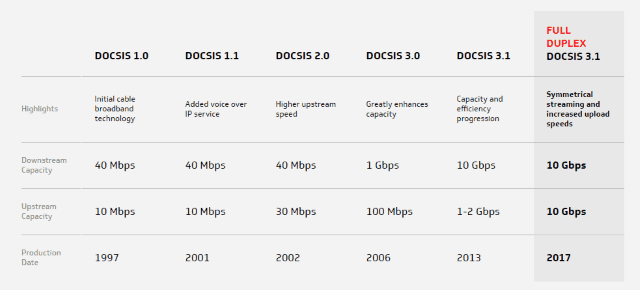
Members of IBEW Local 3 have been on strike for about seven months. (Image: IBEW Local 3)
Charter Communications is suing the International Brotherhood of Electrical Workers Local 3 alleging its striking members are responsible for repeated acts of vandalism and sabotage of Charter’s cable service Spectrum in the New York City area.
The lawsuit, filed last week in Manhattan Supreme Court, claims union members have cut or damaged cables and other property at least 125 times since the union went out on strike in March.
“The sabotage was done purely out of maliciousness,” Charter’s attorneys allege in the lawsuit. “The saboteurs clearly knew the optimal locations where they could quickly cut cable lines to multiple customers without being harmed or observed, suggesting they are cable technicians who work for Charter.”
A Charter spokesman said the company filed the suit to get union members to stop damaging its equipment.
Union members suggest Charter brings no hard evidence to the table about who is responsible. Union officials have repeatedly denied involvement and have urged those responsible to stop, noting it risks turning Spectrum customers against the union.
Meanwhile, a powerful New York City lobbying firm appears to be getting rich representing Charter Communications while also representing three of the cable company’s biggest critics in City Hall, including New York City Mayor Bill deBlasio.
 The Daily News reports the MirRam Group represents the mayor, City Council Speaker Melissa Mark-Viverito and Public Advocate Letitia James. James has been a client since 2013 while Mayor deBlasio hired the company in April to assist him with his re-election campaign. The lobbying firm has collected $150,000 from Charter and its predecessor Time Warner Cable in the last 12 months.
The Daily News reports the MirRam Group represents the mayor, City Council Speaker Melissa Mark-Viverito and Public Advocate Letitia James. James has been a client since 2013 while Mayor deBlasio hired the company in April to assist him with his re-election campaign. The lobbying firm has collected $150,000 from Charter and its predecessor Time Warner Cable in the last 12 months.
The newspaper reports the terms of the contract require MirRam Group to promote Charter’s business with ‘key public officials’ in city and state government, including monitoring legislative developments that could impact on the cable company in New York. The lobbying firm is also required to “promote Charter’s public policy interests” and is not supposed to “represent other clients on matters adverse to or in conflict with” the cable company’s goals.


 Subscribe
Subscribe
 Charter Communications will have 30 days to fix alleged problems affecting Lexington, Ky.’s cable subscribers or the company could face fines of $500 a day for each violation.
Charter Communications will have 30 days to fix alleged problems affecting Lexington, Ky.’s cable subscribers or the company could face fines of $500 a day for each violation. CableLabs has resolved the cable industry’s long-standing competitive disadvantage with fiber optic broadband with the introduction of a Full Duplex (FDX) DOCSIS 3.1 specification.
CableLabs has resolved the cable industry’s long-standing competitive disadvantage with fiber optic broadband with the introduction of a Full Duplex (FDX) DOCSIS 3.1 specification.

